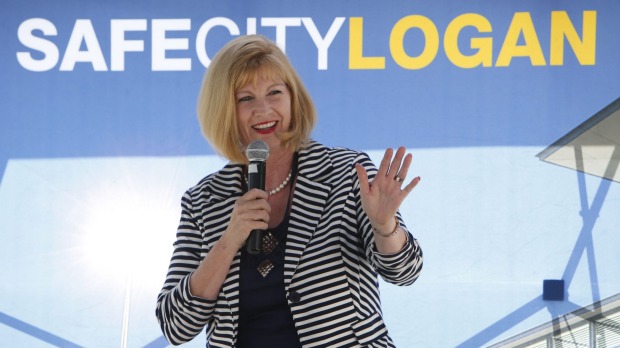Thesmartmoney.com.au
2.5.15
- A granny flat can be a win-win scenario for a parent and their adult child.
- A granny flat interest is where you exchange assets or money for the right to live in someone else’s property (generally your children or grandchildren’s property) for as long as you live.
- Centrelink will allow you to pay or transfer a certain amount of money for your granny flat, without affecting your pension.
- It is vital you have a formal agreement drawn up to ensure that everything is documented.
The long of it…
If you’re contemplating the idea of downsizing your home, you could consider the option of a granny flat.
It could potentially be a win-win scenario. Think about it…living nearby family in your latter years in a safe, secure environment, providing you the ability to stay at home for longer and perhaps avoiding or delaying the need for a retirement village or nursing home. It’s also likely to be a cheaper option than another home, unit or retirement village so you may be able to pocket some change from the exercise to use for other purposes.
On the flip side, the person you move in with (presumably your child or grandchild) gets a lump sum to construct or make modifications to their home for your living quarters. This will eventually add value to their home. Alternatively, if they already have the space it could mean a sum of money to reduce or pay off their mortgage.
What is a granny flat?
Traditionally, a granny flat has been a part of a house that provides self-contained accommodation for an elderly relative.
From Centrelink’s point of view, a granny flat interest is where you exchange assets or money for a right to live in someone else’s property for as long as you live. Commonly this will be in the home of one of your children or grandchildren, though not always the case.
An alternative is to transfer the ownership of your existing home to one of your children but retain a right to live there for the remainder of your years.
A granny flat must be part of any private residence and cannot be owned by you or your partner.
Granny flats and Centrelink – How does a granny flat affect your pension?
Centrelink will allow you to pay or transfer up to a certain amount of money for your granny flat, without affecting your pension entitlements. This is known as the reasonableness test amount.
The reasonableness test amount is based on the following formula:
Combined annual Age Pension rate for a couple MULTIPLIED BY a conversion factor
Sounds complicated? Bear with me…
The conversation factor is based on your age. You can click here to find out the current conversion factor for your age. If you’re a couple the age of the younger partner is used.
For example, Charles (who turns 84 next birthday) and Edna (who turns 77 next birthday) purchased a granny flat right by paying $350,000 from the sale of their home to their son.
The reasonableness test amount for Charles and Edna will be $387,507, being $33,035.60 x 11.73 (the age related factor based on Edna’s age).
Charles and Edna paid $350,000 for the granny flat which is less than the reasonable test amount of $387,507. Therefore this $350,000 will not be assessed against their pension and they will continue to be treated as homeowners by Centrelink.
What happens if you pay more than the reasonableness test amount?
You can pay more than the reasonableness amount for your granny flat interest, but any extra will continue to be assessed against your pension for a period of five years. This works in a similar way to the gifting rules with Centrelink (click here for more details). Simply, it’s Centrelink way of covering themselves by preventing people from giving away all their money to obtain more pension!
Are you still assessed as a homeowner?
It depends on how much you pay for your granny flat interest. Currently, if you pay less than $142,500 for your granny flat interest you will be assessed as non-homeowner by Centrelink. This interest will be assessed as an asset, though you will have access to the higher asset limit for a non-homeowner. You may also qualify for rent assistance if you pay rent.
If you pay more than the $142,500, you are assessed as a homeowner by Centrelink. So in the earlier example, Charles and Edna above would be considered homeowners, hence, the $350,000 they paid for their granny flat isn’t assessed as an asset by Centrelink.
This $142,500 amount is what’s known as the ‘extra allowable amount’. You can calculate this by working out the difference between the homeowner and non-homeowner asset limits.
What if the property needs to be sold?
You need to be careful as your interest cannot be revoked simply because the owner wishes to sell the property. They have three options available:
1. sell the property with your granny flat interest as a condition of sale
2. transfer your granny flat interest to another property, or
3. have the owner of the granny flat compensate you financially for losing your granny flat interest.
You should contact Centrelink first to double-check if any of these options would reduce your payment.
A granny flat can be a win-win scenario for all parties if structured correctly. It is vital you get some advice and have a formal agreement drawn up to ensure that everything is documented. This will protect all stakeholders and prevent any disputes down the track.

















